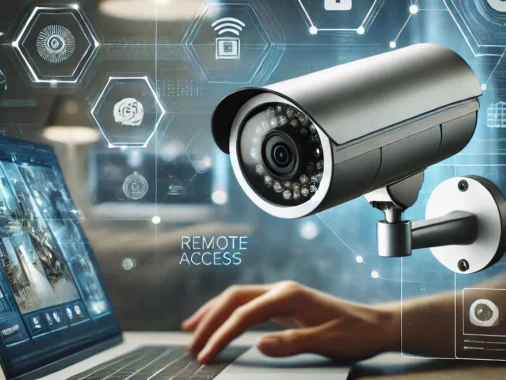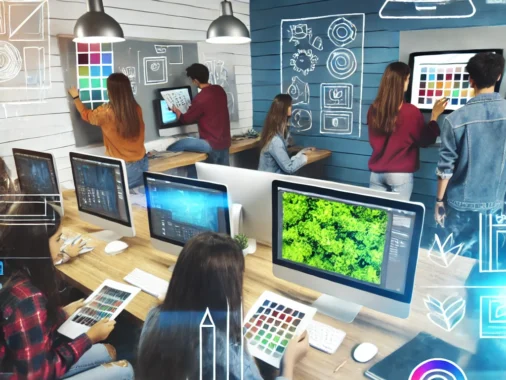Key takeaways
- Curated presentation on dating apps creates a gap between the profile and the real person
- People find each other via shared content or group interactions on social media
- Multiplayer online games involve strategic planning, which builds trust
- Nonverbal cues on video chat apps allow for a more real connection
Virtual platforms can help people meet potential significant others, but they can also create problems. Around 51% of partnered US adults say their partner is sometimes or frequently distracted by their cell phone while they are trying to talk to them. 40% are sometimes or often bothered that their partner spends too much time on their device. People aged 30 to 49 are most likely to report that their partner is distracted by their phone.
Online dating apps
When you think of relationships formed through virtual platforms, dating apps immediately spring to mind. Approximately 50% of adults under 30 have used a dating app or site. Experts predict these platforms’ revenue will reach $3.41 billion by 2027.
People match or swipe based on profiles like Tinder, Bumble, or OkCupid. Some relationships start on niche sites, like Farmers Only or sites catering to religious people. Platforms like InternationalCupid target users looking for relationships with people abroad.
AI-powered dating apps are becoming more popular. In a 2024 survey, 47% of participants expressed willingness to look for a partner on such an app. The search term “AI girlfriend” increased by 525% in one year.
There are also specialized non-monogamy platforms catering to couples and people who want to explore open relationship structures.
Users carefully create profiles to highlight their best features, often choosing flattering photos and writing appealing profiles. This curated self-presentation can create a gap between the profile and the real person.
At the beginning, relationships often rely heavily on text messages. One risk is that the lack of non-verbal communication can lead to misunderstandings. It pays off to write thoughtful and meaningful responses.
Social media
Relationships develop on Facebook, Instagram, or X. People meet through shared interests, mutual friends, or groups. The line between private and public interaction on social media is fine. Likes, comments, and shared posts can indicate that you have a relationship. You might want them to through a soft launch, or you might not.
Relationships can form around shared hobbies or causes, which people find through hashtags, posts, and groups. Unlike dating apps, where users are actively looking for partners, social media allows for organic discovery. People might connect through comments on a mutual friend’s post.
Social media have a dark side. 32% of people have adopted a fake identity to impress a crush, and 30% have changed their appearance to attract someone.
Once you’ve formed a relationship, social media can start getting in the way. In 2024, it was reported that 37% of people had tracked a partner’s activity on at least one social network.
Online gaming communities
Some people develop a romantic connection through multiplayer online games. These games often require players to cooperate to win battles or achieve another objective. The collaborative dynamic can foster reliance, translating into a deeper connection.
Players engage in complex problem-solving and strategic planning on MOGs. It can build trust and respect, leading to a partnership that goes beyond the game.
Video chat apps
Finally, some relationships form through video platforms like Zoom and Skype. Direct communication allows for more personal interactions than text.
Video chat allows for nonverbal cues like gestures and facial expressions. Seeing a person’s emotions can lead to a more authentic connection. Instant responses reduce the risk of misunderstandings, which is higher when texting.






